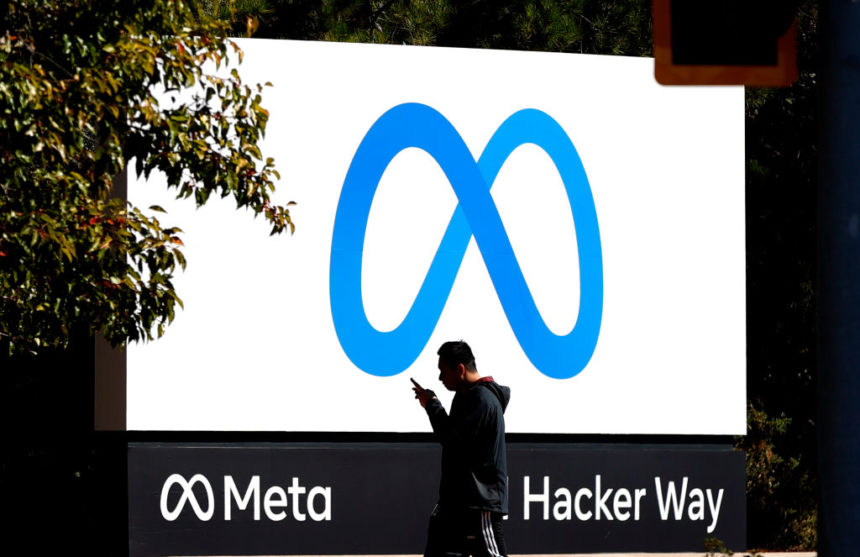Meta’s removal of health-related ad targeting options, under a policy taking effect in January, is set to impact pharma brands’ ability to engage audiences on Facebook and Instagram.
As the newly renamed parent company to Facebook and Instagram explained in an announcement on November 9, advertisers will no longer be able to target users based on topics people may perceive as “sensitive,” including references to health-related causes, organizations or public figures.
“This decision means that much, perhaps all, of the disease state and advocacy-related interest targeting options previously available for Facebook and Instagram ad campaigns will no longer be available,” wrote Real Chemistry-owned Swoop in a client POV.
The move comes on the heels of a series of Senate hearings, tied to documents leaked by whistleblower Frances Haugen. The high-profile hearings placed Meta under the microscope, although its ad policies have long been the subject of controversy.
Detailed audience targeting via paid social is “an extremely popular tactic” among pharma brands, said PranifyRx CEO Ian Orekondy. He estimated that roughly half of the 600 prescription brands tracked by his company are currently running paid ads on Facebook and Instagram.
The social platforms allow brands to build campaigns focusing on, for instance, users who gave a “like” to an advocacy group’s profile page or a support group’s video, regardless of whether the relevant assets belong to the brand or someone else. Regarding health, Facebook provided three specific examples that will be removed in January: lung cancer awareness, World Diabetes Day and chemotherapy.
Effective January 19, Meta will require that, before a brand can target a patient or healthcare provider based on such activity, the audience member will have had to engage with the brand’s own assets first.
“So you can target based on if they liked your page, engaged with your videos, visited your website or if you have their email,” said Orekondy. “To me, that’s the big shift.”
As for the implications, Meta suggested several ad-control alternatives, primarily a strategy in which advertisers establish custom audiences of users who have engaged with their content and web properties.
“In the digital world on Facebook, targeting [through custom audiences] is very common across the programmatic digital landscape amongst pharma brands,” said Ron Elwell, president of Swoop, which does a similar type of targeting on behalf of those kinds of brands.
Using bespoke audience segments to target on Facebook has been shown to be more cost-effective than Facebook’s own targeting options, Elwell added.
For example, a custom-built audience segment combining claims data with demographic data drove two to three times higher conversion rates (read: script lift) among people with a specific health condition than did Facebook targeting. That was the conclusion of a head-to-head comparison that Swoop recently conducted in conjunction with a retail pharmacy chain, according to Elwell.
Still, Swoop cautioned that the full impact of the update is unknown and will require many advertisers to make strategic shifts. “It should not be a cause for alarm,” the company wrote, especially for those brands that have been active on Facebook for some time or that have access to high-quality first- and third-party data.
The upcoming change underscores the need for advertisers to invest more in highly targeted traffic sources outside Facebook in order to feed their targetable audience on Facebook, said Orekondy. Investing in SEM traffic, for example, can build up a highly focused target audience.
Maximizing the opportunity in paid search so that one can retarget the paid search audience also “puts more pressure on brands to get their Google RSA [responsive search ads] migration right,” he warned. That’s a reference to a separate change Google announced in August, in which the search giant said it is moving away from the traditional way of testing text ads and toward assisting advertisers in optimizing their search ads.
That said, there’s a greater incentive now to target effectively with paid search. Lower Google SEM traffic could mean fewer patients and HCPs to target on Facebook and Instagram.
Doing more to create their own targeting pools via website traffic may help brands maintain their ability to reach and engage these audiences, Orekondy explained. Ditto for programmatic display, TV and any other traffic-driving source, all of which become more important in order to create a brand’s audience on Facebook.
“Remember: they have to engage with your brand’s assets before you can target them on Facebook,” he said.
Within Facebook, brands may need to invest in more of what Orekondy called “upper-funnel tactics,” such as traditional demographic targeting or other campaigns intended to drive page likes.
This is not the first time Facebook has pared back its ad targeting options. In 2018, the social platform removed 5,000 targeting options for housing-related ads after the U.S. Department of Housing and Urban Development accused it of giving landlords and home sellers an unfair edge. In 2016, Facebook yanked “ethnic affinity” targeting for housing and employment ads following a ProPublica report that it could be used for discriminatory advertising.
The latest decision to remove Facebook’s detailed targeting options “was not easy and we know this change may negatively impact some businesses and organizations,” Meta said, adding that some of its advertising partners “have expressed concerns about these targeting options going away.”
Yet to the extent that the new policy compels drugmakers to become better at layered targeting options on Facebook — like retargeting brand.com visitors, and to build their own bespoke pools of engagers outside of it — the change could be a net neutral or even a net positive for the pharma industry.







